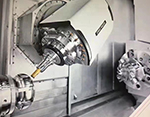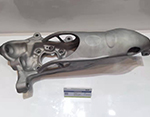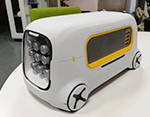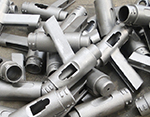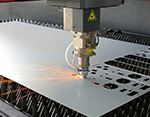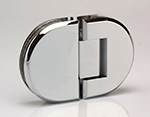-
Service
+
- CNC Precision Machining Service +
- Multi-Axis Simultaneous Machining Service +
- CNC Turning Service +
- Metal 3D Printing Service +
- Rapid Prototyping Service +
- Die Casting Service +
- Sheet Metal Fabrication Service +
-
Finish Serivces
+
- Polishing
- Grinding
- Brushed Finish
- Sand blasting
- Painting
- Powder Painting
- Anodizing
- Hard anodizing Service
- Passivation
- Zinc Plating
- Nickel Plating
- Chrome Plating
- Blackening
- Black Zinc Plating
- Teflon Coating
- Titanium Coating
- DLC Coating
- Laser Marking
- Silk Screen Printing
- Transfer Printing
- Micro Arc Oxidation
- Industries +
- About Us +
- Resource +
- Contact Us
- Quote

-
Service
-
>
-
>
-
>
-
>
-
>
-
>
-
>
-
>
-
- Industries
- About Us
- Resource
- Contact Us
At Kesu Hardware Group, we provide high-quality prototyping, rapid tooling, and low-volume manufacturing services to support your product development needs. Our international team of engineers work with you to make your product ideas a reality through manufacturing technologies like vacuum casting, CNC machining, plastic injection molding, and a range of finishing services.
What Is Rapid Prototyping?
Rapid prototyping means making a physical sample of a new product design idea. This is done as a preliminary step towards eventual production, and is most useful when verifying that the finished product will look, feel, and perform as intended. New product developers turn to rapid prototyping for several reasons. They’re used for functional testing, approvals, design iterations, for crowdfunding campaigns, trade show models, and as a bridge to low-volume manufacturing.
Prototypes often inspire re-designs, improvements, and other modifications that may not have been obvious merely from a computer graphic, so in this regard they’re beneficial for optimizing a design before committing resources to larger volumes. In fact, being able to correct design errors early in the development phase can more than compensate for the cost of the prototype itself, so they’re wise investments.
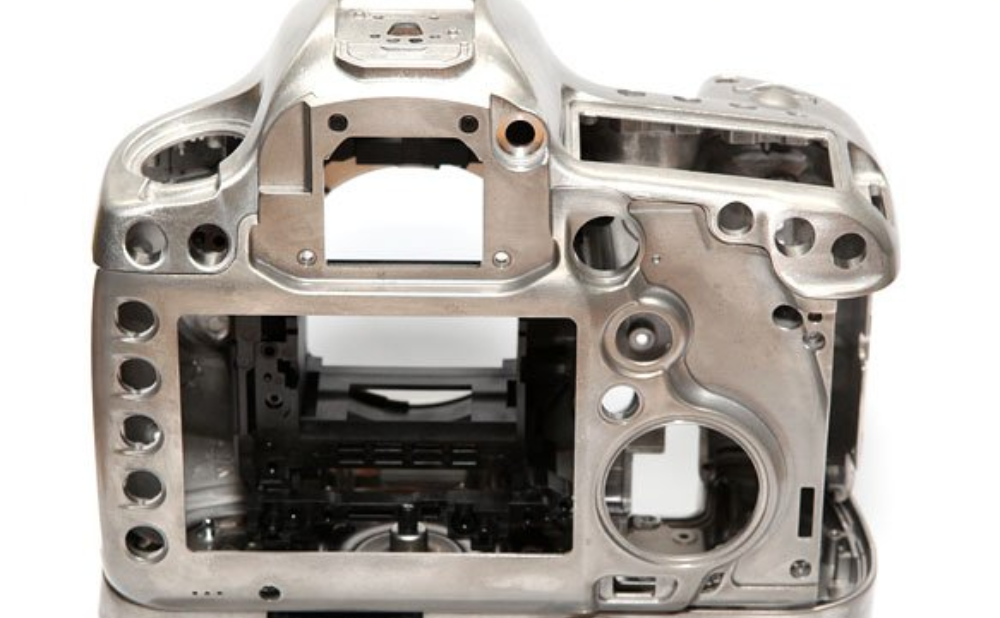
How Does Rapid Prototyping Work?
Rapid prototyping doesn’t involve a single technology or process. Any of the same manufacturing techniques used to make prototypes can also apply to regular production volumes.
The value comes from making a physical model that closely resembles the design intent, is durable, can be produced quickly, and with a minimal investment in tooling or raw materials.
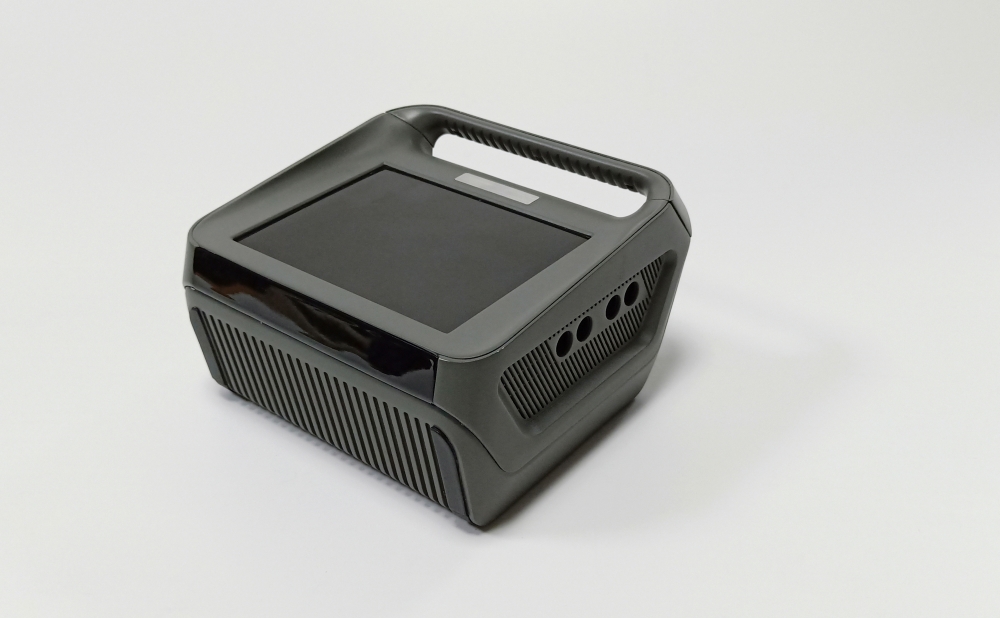
Advantages Of Rapid Prototyping
Reducing Product Development Costs
Allowing Functionality Testing
Eliminating the Risk of Product Failure
Improving User (and Stakeholder) Involvement
Ergonomically Evaluating and Identifying Product Hazards
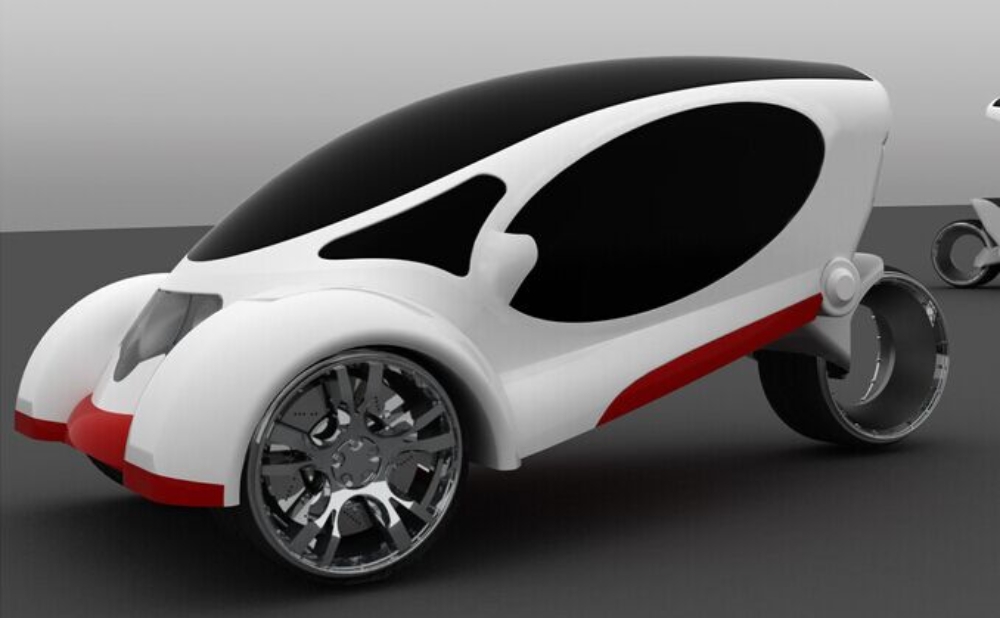
How To Choose The Right Rapid Prototyping Technique
The right prototyping method is the one that best fits your budget, the complexity of the part, what you want the prototype to do, and your development timeline. Better prototypes cost more money and take longer to make, but they also more faithfully represent the form, fit, and function of a production part.
The basic questions to ask are these:
Will the prototype be a static display model?
Does it need to be fully functional?
Are there multiple, interconnected parts?
What is the surface texture and finish?
What is it made from?
How important is strength and durability?
How closely should it match the final production version?
There are many variables to consider and we cannot cover them all here.
Contact:
Email: Diana@kesugroup.com
WhatsApp: +86 156-2583-1454
Our engineer team are ready for your projects and provide feedback quickly.

